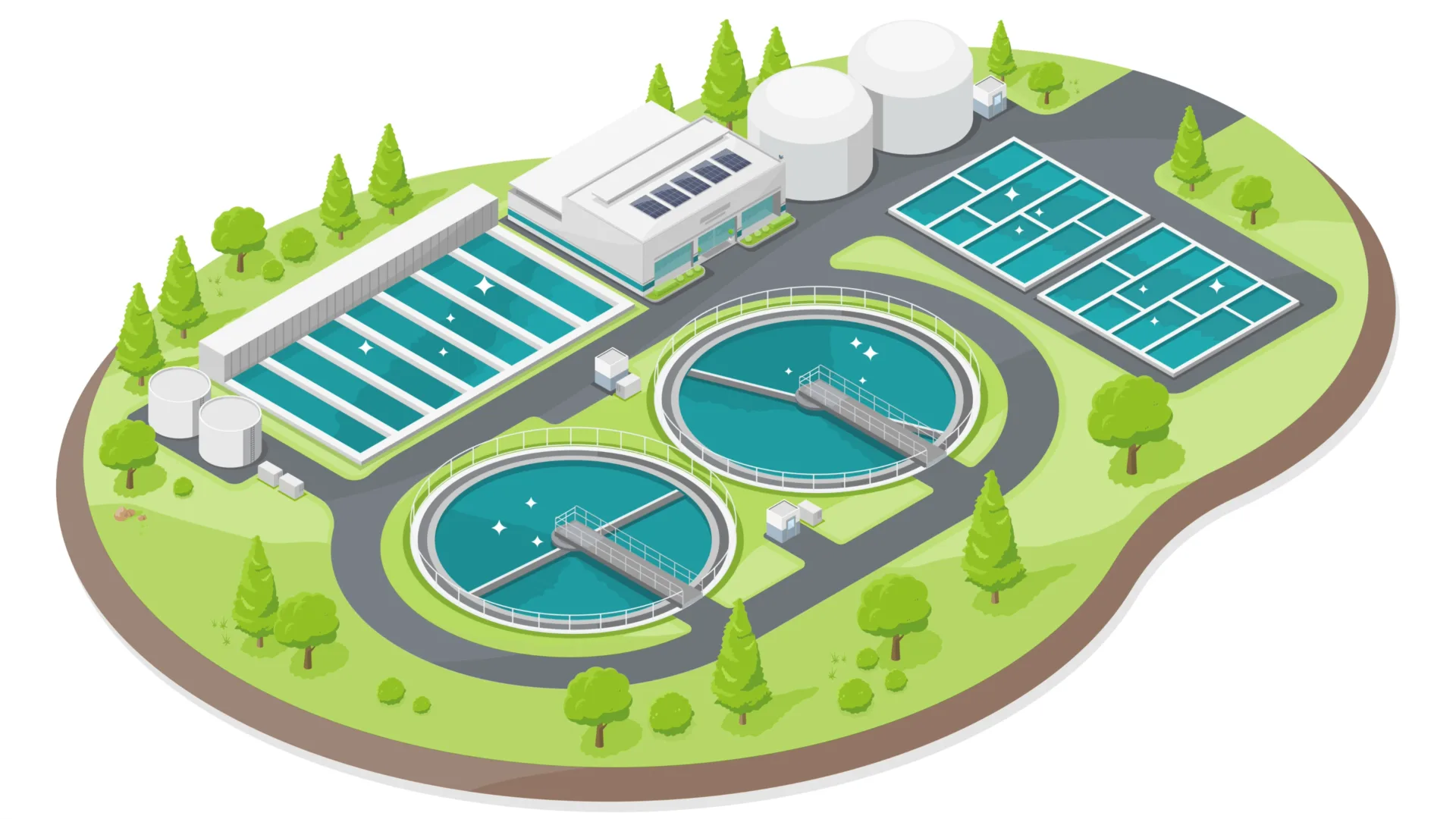In times of rising energy prices, growing environmental awareness and the desire for an independent energy supply, small biogas plants are increasingly coming into focus. They convert organic waste into usable energy directly on site – in an environmentally friendly and economically attractive way.
The advantages of small biogas plants at a glance
Generating energy where it is needed
Small biogas plants enable decentralized energy production. They reduce dependence on fossil fuels and make their operators less dependent on the energy market.
Example: A farm uses liquid manure and plant residues to generate electricity and heat directly for machinery and buildings.
Recycling waste sensibly
Instead of disposing of manure, crop residues or organic waste at great expense, they can be converted into energy and high-quality fertilizer. The use of organic residues conserves resources and saves disposal costs.
Active contribution to climate protection
Biogas plants reduce methane emissions that would otherwise be produced during natural decomposition. At the same time, they replace fossil fuels, which significantly reduces CO₂ emissions.
Flexible and customizable
Due to their modular design allows small systems to be adapted precisely to requirements – whether for a farm, a municipality or an apartment building. As demand grows, the system can be easily expanded.
Subsidies make it easier
Many countries support the construction of small biogas plants with support programssubsidies or feed-in tariffs. This shortens the amortization period and the investment becomes profitable more quickly.
What matters during construction and operation
To ensure that the system runs reliably and is economical, a number of success factors are crucial:
Choose location and substrates wisely
The location should be close to the sources of the organic waste – e.g. liquid manure, green waste or food waste. The quantity and composition should be analyzed in advance to determine the right plant size.
Observe permits and regulations
If you want to build a biogas plant, you must comply with all legal requirements in good time. These include environmental requirements, building regulations, safety regulations and feed-in regulations for electricity and gas.
The right technique makes all the difference
The technical equipment has a significant influence on efficiency. Suitable fermenter sizes, good gas storage treatment and heat recovery for heating purposes are important here.
Sophisticated technology increases the yield – and reduces operating costs.
Plan and promote economically
Whether the system pays off depends on many factors, such as the investment costs for construction and technology, the operating costs for maintenance and personnel, the income from energy sales and fertilizer recycling and the subsidies and tax benefits. A solid business plan pays off.
Don’t underestimate operation and maintenance
Smooth operation requires regular checks, which means monitoring the gas yield and composition, ensuring consistent substrate feeding and regular maintenance of pumps, pipes and motors.
Know-how is worth its weight in gold
Biogas plants require knowledge – about biological processes, technology and energy management. Training and external expert advice help to avoid mistakes and optimize performance.
Two practical examples show the benefits
Agricultural business
A dairy farm with 50 cows uses liquid manure and maize silage in a small plant. The electricity produced covers the farm’s own needs and the waste heat is used for the barn. The fermentation residue replaces expensive artificial fertilizer.
Municipality shows the way
A small community recycles green waste and biowaste with its own biogas plant. The gas produced is used in a combined heat and power plant to supply the community center with electricity and heat.
Small systems, big impact
A small biogas plant is a real all-rounder: it saves energy, protects the climate, reduces costs and makes you independent. If planned correctly, it is economically attractive and technically reliable. There are enormous opportunities for farms, local authorities and even private households. The key to success lies in careful planning, suitable technology and sound know-how.
Investing in a biogas plant today means investing in a sustainable future – and making a valuable contribution to the circular economy and the energy transition.


